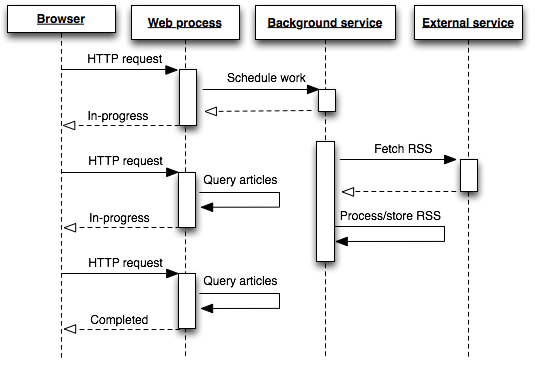Open Understanding Background Processing and Its Importance
In the world of web applications, not everything should be done in real time.
Imagine a user submits a form that sends a welcome email, updates a CRM, and posts data to a third-party service. If all of that happens synchronously—right as the form is submitted—the user has to wait for every one of those tasks to finish.
That means long response times, bad user experience, and potentially, timeouts.
That’s where background job processing comes in. It allows developers to move such time-consuming operations out of the request-response cycle, making the application more responsive and resilient.
With background jobs, we get performance, reliability, and the ability to scale the application better without burning out the main application thread.

Rails has long recognized this need, and over the years, the ecosystem around background jobs has evolved significantly. But Rails is not